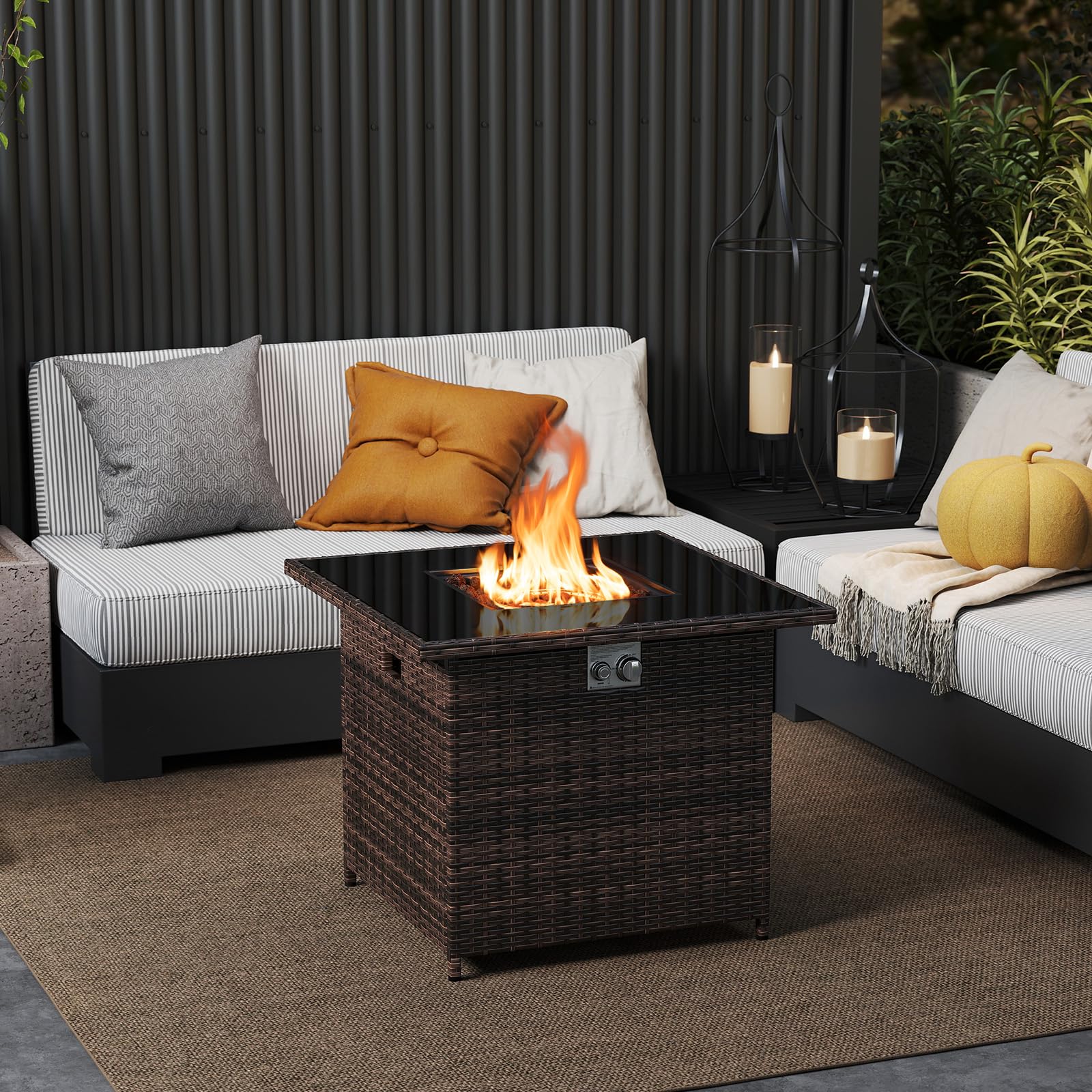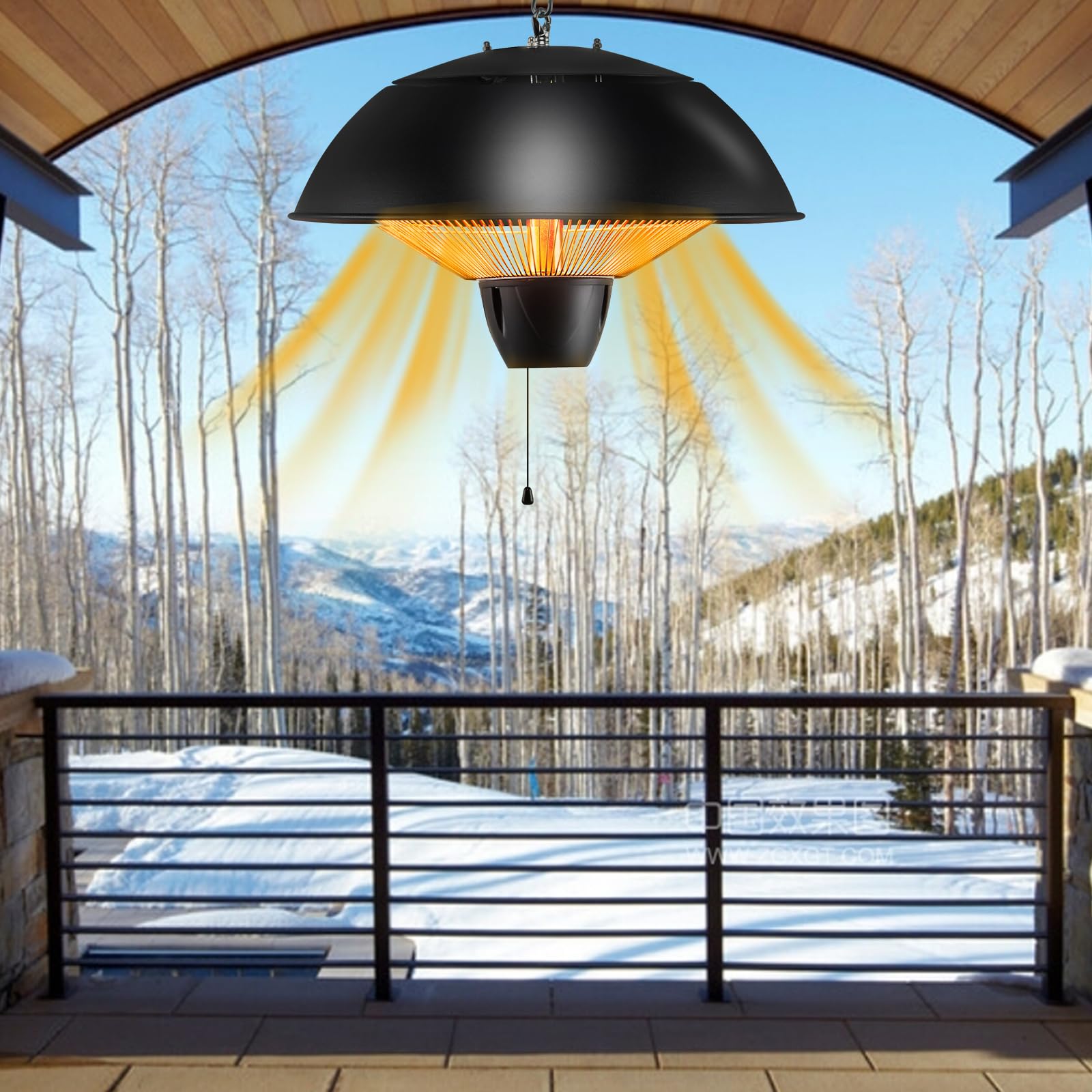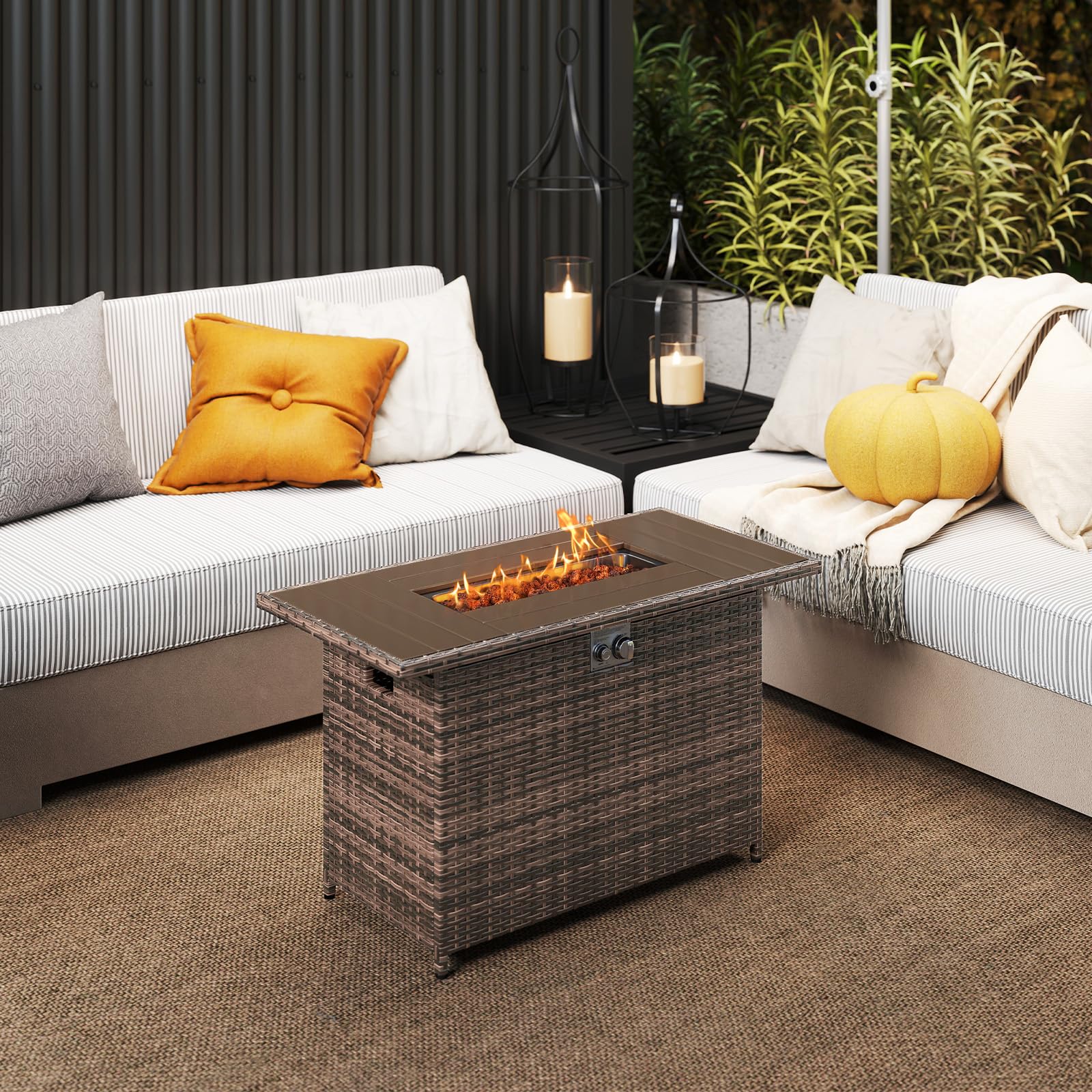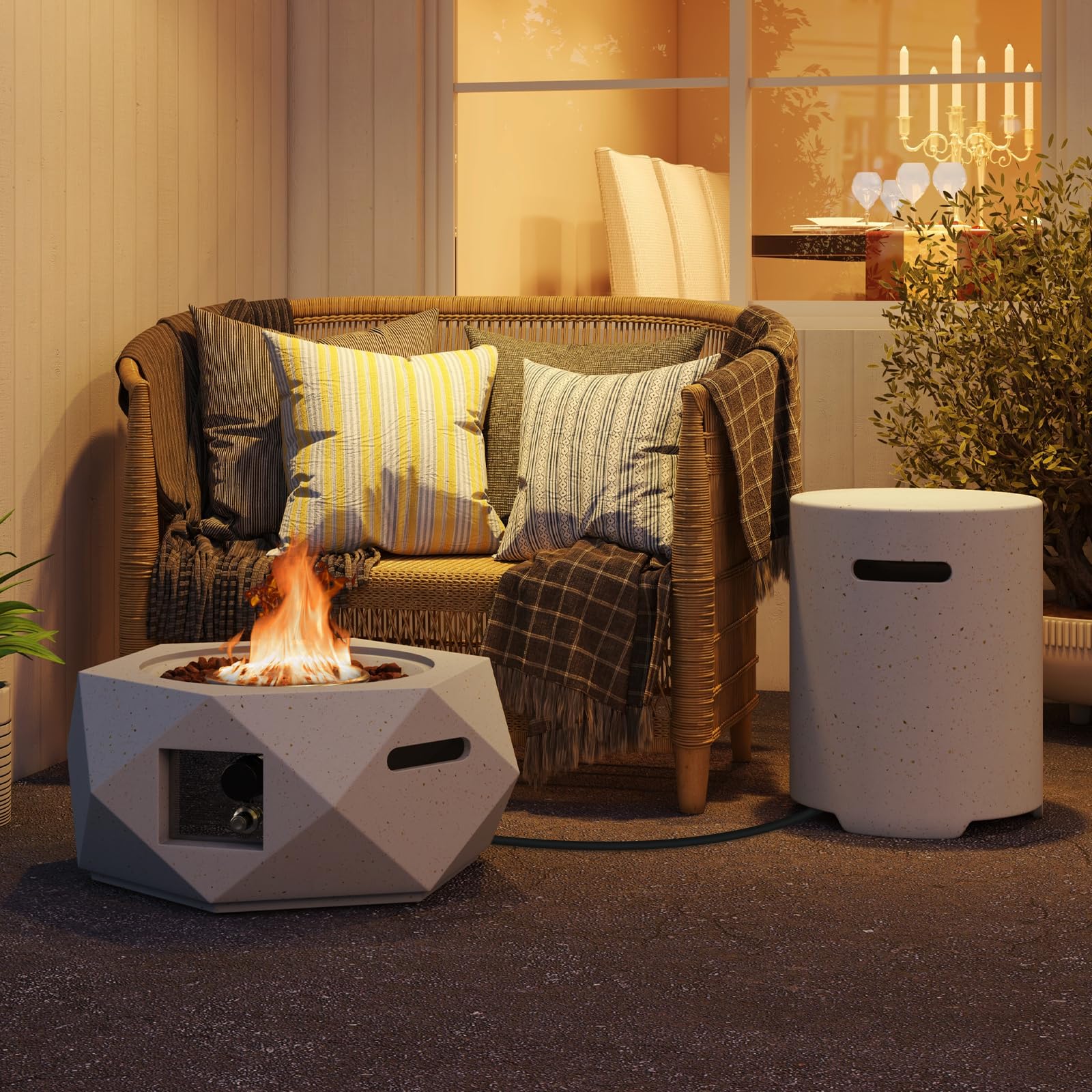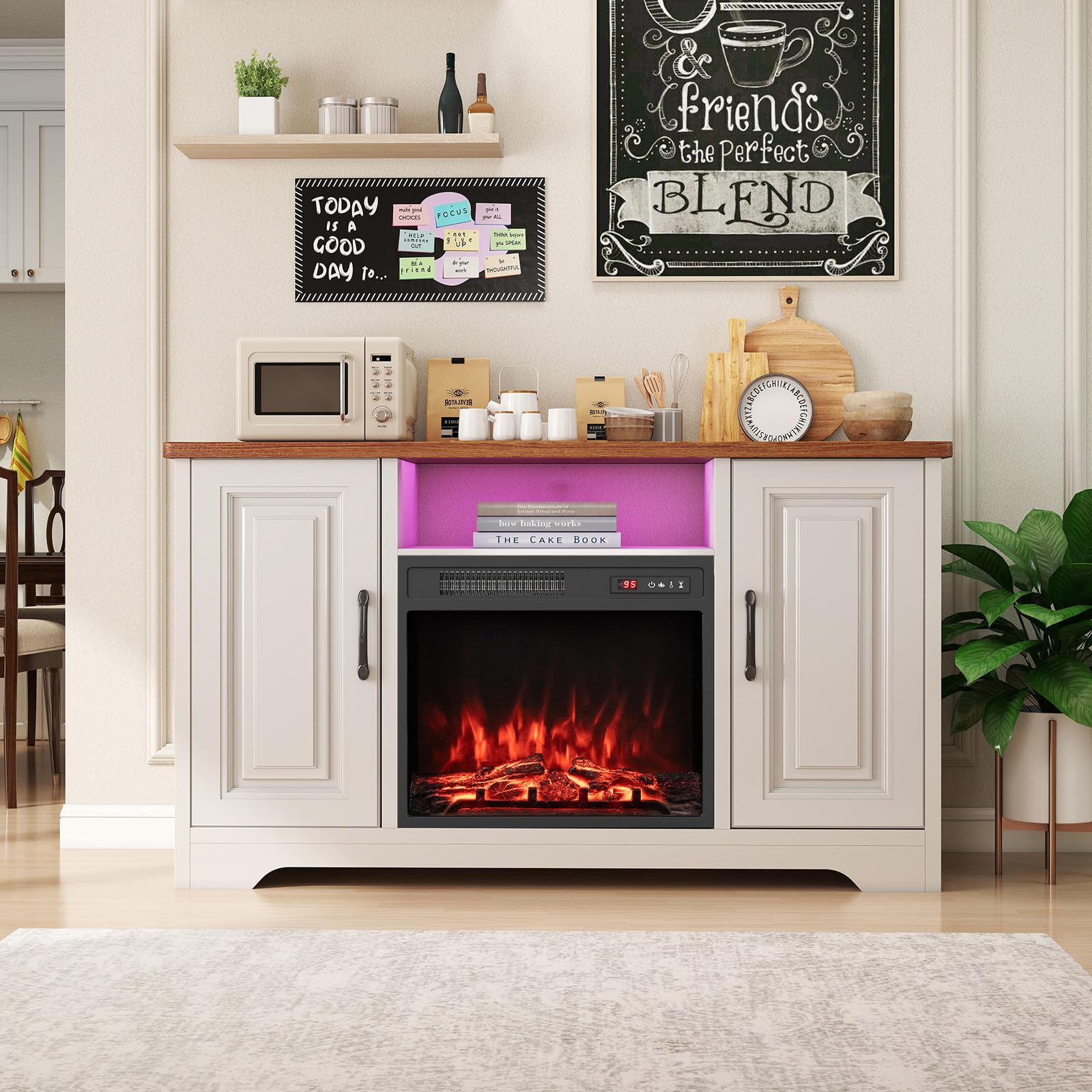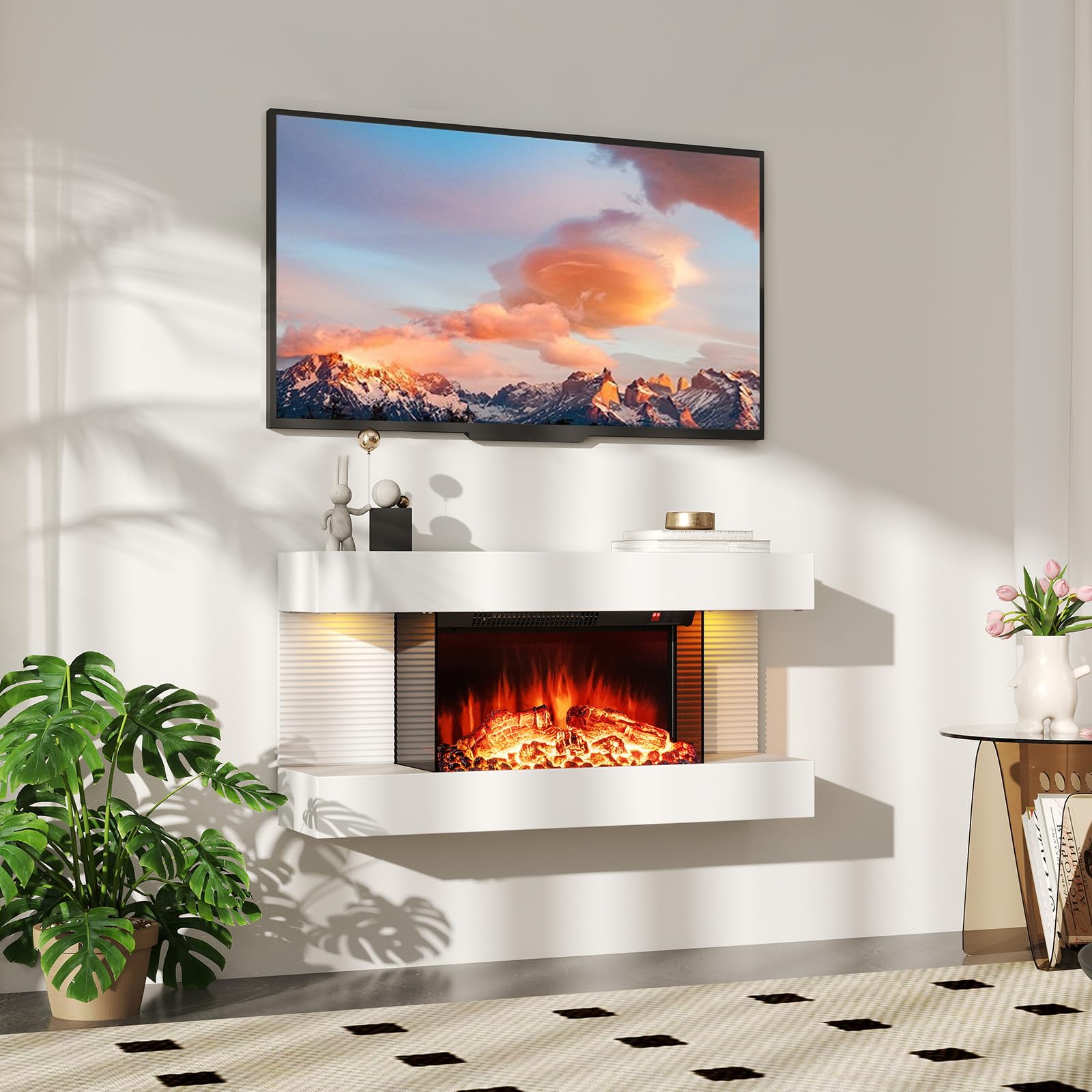How to Choose The Right Patio Heater for Your Backyard
As temperatures drop across the United States, homeowners are looking for patio heaters. From the cool autumn winds in New England to the chilly days in the Pacific Northwest, many want to create a warm patio space.
Outdoor patio heaters, including outdoor warmers like electric space heaters, patio propane heaters, and natural gas outdoor heaters, have become essential appliances. Electric and gas outdoor heaters make backyards, decks, and patios warm and inviting. They are perfect for barbecues, stargazing, and family gatherings. You can enjoy these activities all year round.
Many options for patio heaters exist, such as electric and propane models. How do you pick the best one?
Each type has unique benefits. These include efficiency, cost, ease of installation, and environmental impact. Different backyard setups and regional climates suit them.
In this guide, we will explore the different types of outdoor patio heaters. We will compare them in detail. We will also look at their real-world pros and cons. Finally, we will give practical advice for consumers in the US.
You might live in a busy city and need a portable outdoor heater. Or, you could host parties in the suburbs with a propane patio heater. Knowing the differences between them is important. If you have a large yard in the country and are considering outdoor electric heaters, this knowledge will help you choose wisely.
Understanding the Basics of Each Heater Type
Electric Patio Heaters: Plug-In Simplicity for Outdoor Electric Heater Needs
Electric patio heaters and outdoor electric heaters work by turning electrical energy into heat. They use resistive elements like halogen lamps, quartz tubes, or ceramic coils.
- Many modern electric patio heaters use infrared technology. An electric infrared heater gives off short-wave radiation. This radiation directly warms objects and people, not just the air around them.
- Electric outdoor heater models work well in semi-enclosed spaces. These include covered patios, gazebos, and areas under pergolas. They are reliable electric patio space heaters.
- These electric outdoor heaters and patio heaters usually plug into a standard 110-120V outlet. However, high-powered electric patio heaters may need a dedicated circuit to prevent tripping breakers. Portable versions often have wheels for easy movement. Wall or ceiling-mounted options help save floor space.
Propane Patio Heaters: Portable Powerhouses as Propane Outdoor Heaters
Patio propane heaters, also called LP (liquefied petroleum) gas units, use a burner powered by portable propane tanks. These tanks are usually 20-pound cylinders. You can find them at gas stations, hardware stores, or large-scale retailers.
- The propane turns into gas and ignites to create a tall flame. A heat-reflective screen or glass tube surrounds this flame. It radiates warmth in a 360-degree pattern, making it effective for outdoor use.
- Freestanding mushroom-shaped outdoor patio heaters are well-known. They stand 7 to 10 feet tall and heat areas of 8 to 15 feet. These heaters are perfect for open backyards and are great choices for gatherings. Tabletop variants provide compact heating for smaller decks.
Natural Gas Patio Heaters: Permanent and Powerful Outdoor Gas Heaters
Natural gas outdoor heaters connect to your home's underground gas line. They use a flexible hose and regulator.
- These heaters draw gas from the same supply that powers your stove or furnace. They work like propane outdoor heaters. However, they use natural gas that is rich in methane. This gas burns cleaner and more efficiently in a fixed burner setup.
- People often mount these outdoor gas heaters on posts or build them into fire pits. Lava rocks or ceramic logs protect the flames for a nice look. This makes them great choices for the best patio heater in permanent setups.
- Installation demands a licensed plumber to tap into the gas main, comply with building codes, and add shutoff valves. Once set up, natural gas outdoor heaters provide uninterrupted operation without tank swaps.
Head-to-Head Comparison: Key Metrics for US Buyers Seeking the Best Patio Heaters
To make it easier to choose the best patio heaters or electric patio heaters, here is a comparison table. It highlights important factors for average US households.
|
Factor |
Outdoor Electric Heaters |
Propane Heaters Outdoor |
Outdoor Gas Heater |
|
Initial Cost |
$100–$500 (budget quartz infrared patio heater to premium electric infrared heater) |
$150–$600 (unit + initial tank; extras like covers add $50) |
$200–$800+ (heater + $300–$1,000 install fees) |
|
Operating Cost |
$0.20–$0.50/hour (varies by state; e.g., $0.15/kWh in Texas vs. $0.30 in California) |
$1–$3/hour (20-lb tank ~$15–$25 refill, lasts 10–20 hours) |
$0.50–$1.50/hour (utility rates; e.g., $0.60/therm avg.) |
|
Heat Output (BTUs) |
1,500–5,000 (effective 100–200 sq ft; infrared patio heater penetrates wind) |
40,000–50,000 (covers 200–300 sq ft; strong in open air) |
40,000–80,000 (up to 400 sq ft; consistent flame) |
|
Installation |
DIY plug-in; GFCI outlet recommended for electric porch heater |
Attach tank and regulator; 30 minutes |
Pro install (1–2 days; permits in most states) |
|
Portability |
High (10–30 lbs wheeled portable outdoor heater) |
Very high (move tank separately; 50–100 lbs total) |
Low (fixed piping; relocation costs $500+) |
|
Fuel Availability |
Outlet-dependent; generators as backup |
Ubiquitous tanks; delivery services available |
Home line; outages rare but possible |
|
Emissions & Eco-Friendliness |
Zero on-site; grid-dependent (renewables growing) |
CO2 and particulates; recyclable tanks |
Cleaner burn; pipeline methane leaks an issue |
|
Safety Features |
Overheat protection, tip sensors, no fuel storage |
Flameout auto-shutoff, wind guards, leak detectors |
Seismic valves, pro-certified lines |
|
Lifespan & Maintenance |
3–5 years; clean coils annually |
5–10 years; hose inspections, tank certs |
10+ years; annual pro service (~$100) |
|
Best For |
Enclosed spaces, renters, green energy users with electric patio space heaters |
Events, off-grid, quick setup |
Heavy daily use, integrated outdoor living |
This table underscores electric outdoor heaters' affordability for casual use, propane heaters outdoor' versatility, and natural gas outdoor heater's long-term value.
Detailed Pros and Cons: Real-World Insights on Electric Patio Heaters and More
Electric Patio Heaters: The Eco-Friendly Choice Among Outdoor Electric Heaters
Pros:
- User-Friendly Setup: No tools or permits are needed. Just plug it in and go. This makes electric patio heaters great for renters. They are perfect for urban balconies as a portable outdoor heater.
- Safety and Clean Operation: No open flames or fuel storage lowers fire risks. This is great for areas with kids or pets using electric outdoor heaters.
- Energy Efficiency: Infrared patio heaters, like electric infrared models, heat people directly. They use 30–50% less energy and have timers for a warm patio.
- Regulatory Compliance: Zero emissions align with rules in smog-prone areas.
Cons:
- Performance Limitations: In windy spaces, heat escapes; multiple electric patio space heaters needed for larger patios.
- Electricity Dependency: Outages sideline patio heater electric units; high rates inflate costs.
- Aesthetic Trade-Offs: Some electric porch heater models look industrial.
- User reviews praise best patio heater models like Fire Sense for quick warmup.
Propane Patio Heaters: Versatile Propane Outdoor Heaters
Pros:
- Superior Heat: High BTUs for gatherings; patio propane heater adds ambiance.
- Mobility: Great for RVs as propane heaters outdoor.
- Affordable Power: Widely stocked propane outdoor heater options.
Cons:
- Fuel Logistics: Tank refills add up for propane heaters outdoor.
- Emissions: Needs ventilation; not for roofs.
- Propane heaters outdoor surge in rural areas for reliability.
Natural Gas Patio Heaters: Built for the Long Haul with Outdoor Gas Heaters
Pros:
- Cost Savings: Payback in 1–3 years for natural gas outdoor heater users.
- Uninterrupted Supply: Outage-resistant outdoor gas heater.
- Premium Integration: Blends into kitchens.
Cons:
- High Barrier: Installation costs vary.
-
Immobility: Fixed outdoor gas heater setups.
Regional Considerations: Tailoring Outdoor Patio Heaters to US Climates
Diverse US geography demands specific outdoor patio heater choices:
- Northeast/Midwest: Natural gas outdoor heater or high-BTU propane outdoor heater.
- Southwest: Infrared patio heater electric resists gusts.
- California: Electric patio heaters for emissions standards.
Factor utility rates and codes for best patio heaters.
Key Decision Factors and Shopping Tips for the Best Outdoor Heater
- Space: Electric outdoor heaters for enclosed; propane heaters outdoor for open.
- Budget: Calculate with estimators.
- Features: Windproof electric infrared heater, smart apps.
- Warranty: 1–3 years on outdoor electric heaters.
Essential Safety and Maintenance for Patio Heater Heating
- Clearance: 3–10 ft for all outdoor warmers.
- Gas-Specific: Leak tests for patio propane heater.
- Electric: Grounded outlets for electric patio heater.
- Compliance prevents incidents.
Final Verdict: Aligning with Your Backyard Vision for Heated Patio Comfort
For parties, propane outdoor heaters deliver. Electric patio heaters suit eco-users.
Natural gas outdoor heaters for permanent use. Hybrid outdoor electric heaters work too. Invest in the best patio heater for your needs—consult pros for safe patio heater heating!

